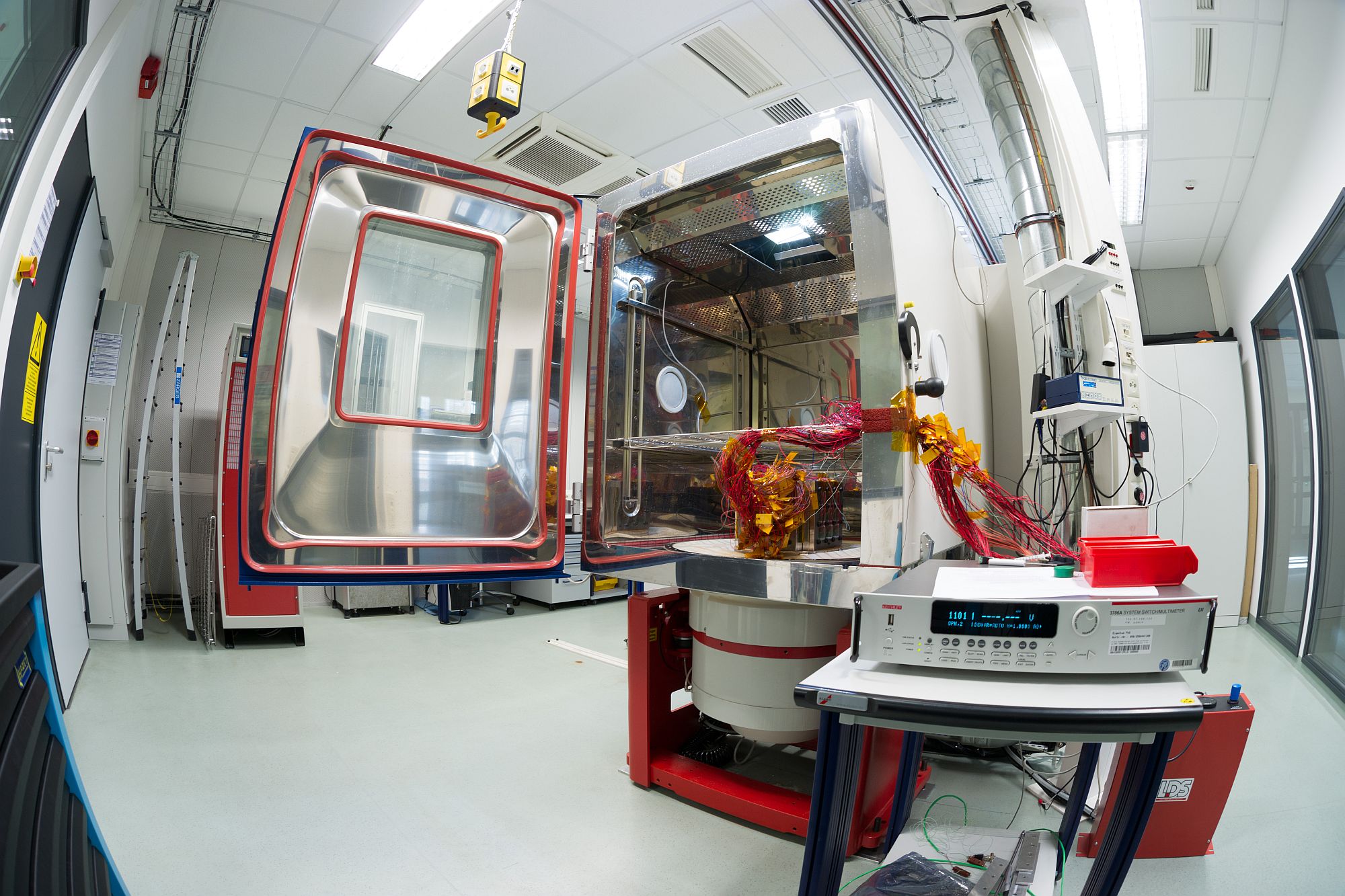Electronics Condition Monitoring Lab

Vibration measurement and test with electronic components, if required in combination with humidity and temperature stressing, contactless vibration measurements with laser vibrometer, and in-situ monitoring of the failure of electronic components.
 Fraunhofer Institute for Reliability and Microintegration IZM
Fraunhofer Institute for Reliability and Microintegration IZM